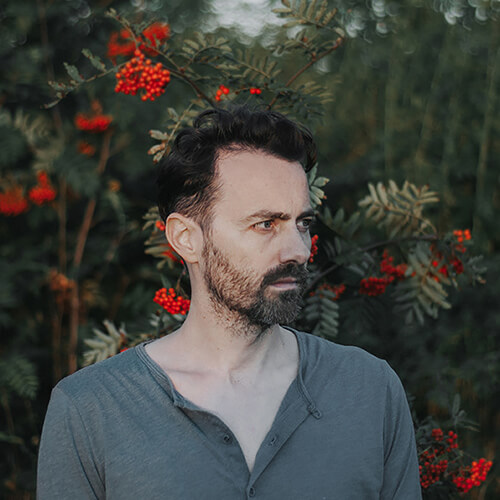Reginald Van de Velde (Belgium, 1975) scouts the unknown and the unseen. As a wanderer of wastelands he journeys all over the world, trying to capture the momentum of splendour still undisturbed by the turmoil and temptations of modern society. He is a vagabond for lost beauty, a chronicler of forgotten magnificence.
His work has been exhibited internationally in both solo and group expos, including The Art & Science Museum (Singapore), Backlight Photo Festival (Finland), New York Photo Festival (USA), Siena International Photography Festival (Italy), The Somerset House (UK) and the Cannes Lions International Festival (France).
His excellence in photography has been awarded numerous times: winner at the Triennial Barbaix Awards for Photography (Belgium), winner at the Grand Prix de la Découverte (France), winner at the Cannes Lions International Festival (France), finalist at the World Photography Awards (UK), finalist at the Siena International Photography Awards (Italy), winner of the Grand Prix at the Seoul International Photography Festival (South-Korea).
Selected publications include Esquire Magazine, Wired, Aesthetica Magazine, The Plus Paper, National Geographic, Sabato, F11 Magazine, De Tijd, BBC, Photo Magazine Hong Kong, The World Photography Book and the Beauty in Decay book to name but a few.
